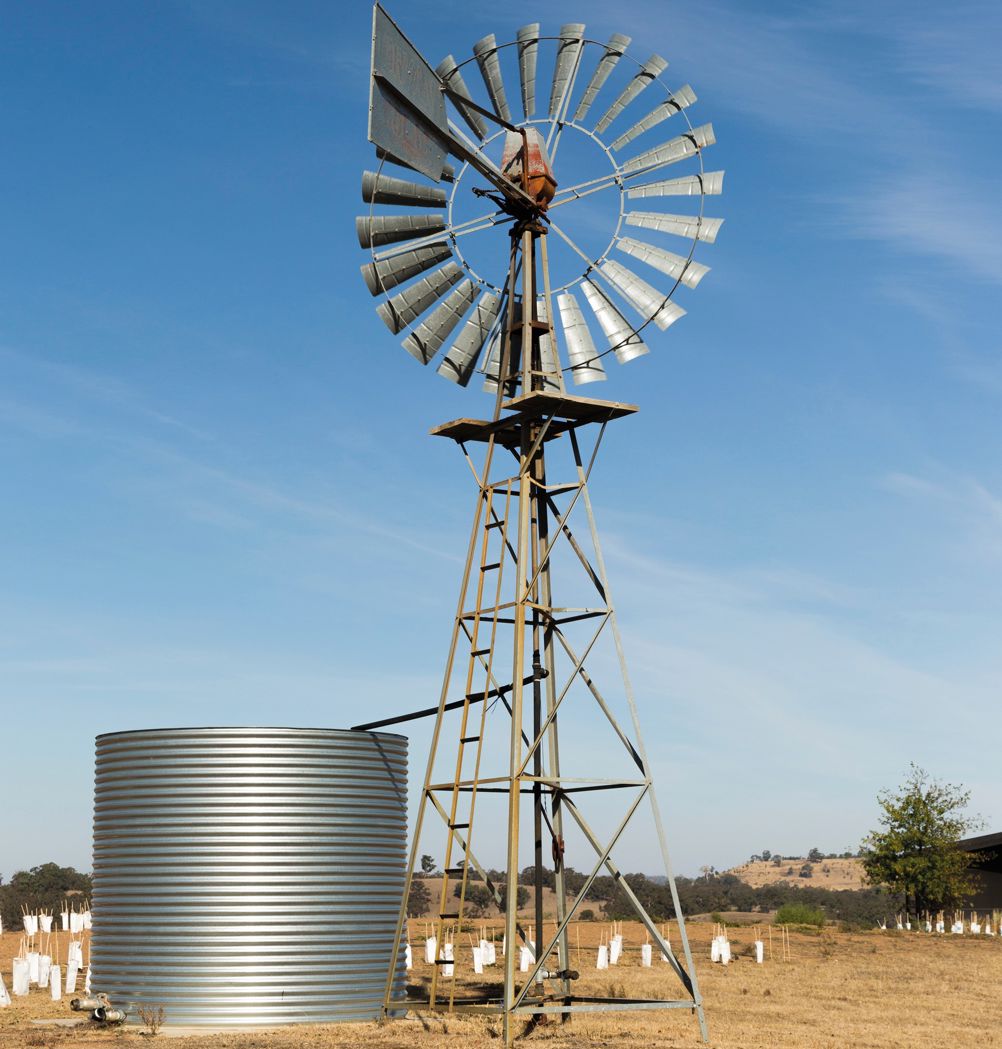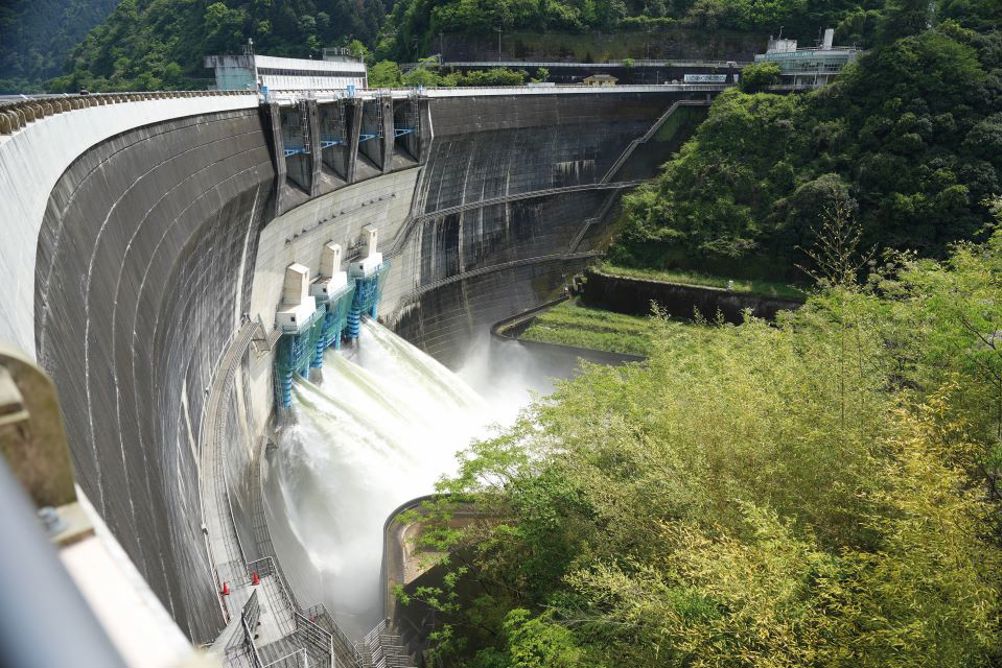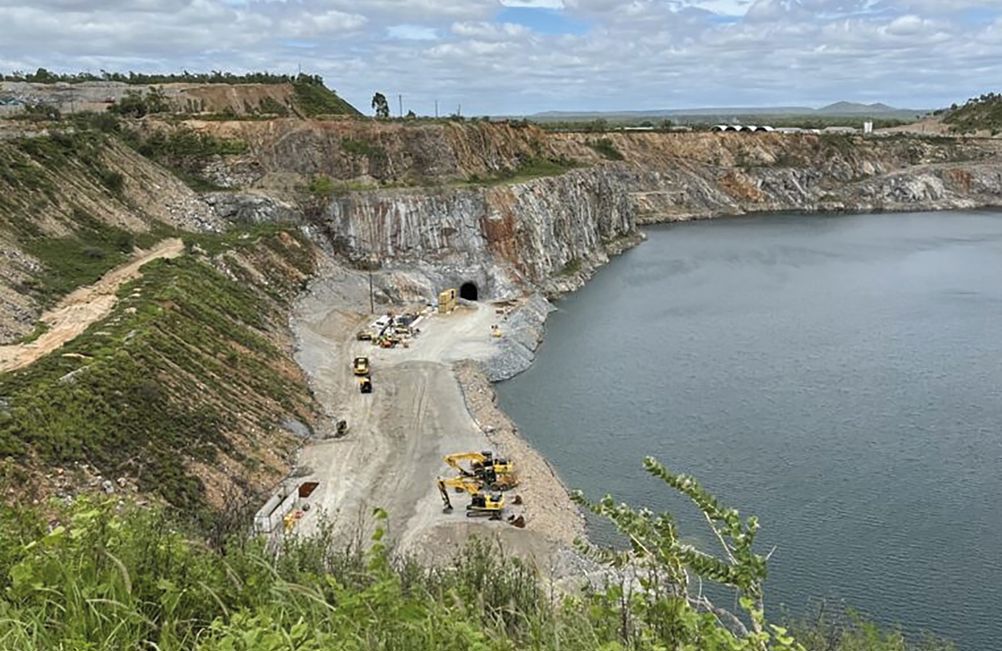Pumping systems require a lot of power – according to the US Department of Energy, they account for nearly 20% of the world’s energy used by electric motors and up to 50% of the total electrical energy usage in some industrial facilities. But this does not necessarily mean operators should condemn their existing pumps and invest in the latest technology. In some cases, it is a question of making in situ pumps more efficient and reliable. This will not only increase energy efficiency but also save money with a better return on investment.
Factors that need to be considered include choosing the correct pump size in the first instance. Typically, many facilities install pumps that are too large for their requirements making them inefficient and expensive but a pump that is too small will be overstretched and need repairing more often.
Other considerations in the initial installation should be features such as a variable speed drive which can adjust the head and flow required while optimizing the size of diameter can also help achieve savings. The energy source required may also play a significant role. For example, electric submersible dewatering pumps may be a cleaner, more economical alternative to diesel when a suitable connection is available.
Flow demands
Plant managers also need to understand the type of media being pumped in terms of its characteristics and flow demands. The aim is to use equipment that is built for the job which will reduce downtime and increase performance.
Regulation plays a key role in pump selection.
Stricter emissions legislation and others such as the Ecodesign for Energy-Related Products Regulations in the UK mean pumps must reach certain efficiency standards.
The advent of digital maintenance has created greater efficiencies. For example, smart sensors can detect problems in pumps before they happen, preventing catastrophic failure and allowing maintenance to take place.
Artificial intelligence also plays a role in being able to predict issues and performance levels based on machine learning allowing optimization of resources, energy use and the reduction of downtime.
Off-grid pumps can be powered using either wind or solar only systems, or a hybrid wind and solar solution. The size and type of system depends on the location and the specifics of the remote water pumping application.

Windmill pump
Windmills have been used to pump water for generations and today a typical centrifugal or diaphragm windmill pump can lift up to 1,000 gallons or more per hour depending on the operating conditions, primarily wind speed and the size of the turbine.
They are commonly used to pump boreholes up to 180m deep in water-stressed areas such as Africa or can be adapted to extract water from rivers or dams and deliver it over distances of 10 miles or more.
Wind turbines can also be used to generate electricity to power electric pumps used in agriculture and industry. In this case, the turbine does not have to be near the water source but can supply power from a location with more favorable wind conditions.
Solar water pumps offer another alternative, again in particularly water-stressed areas requiring irrigation in farming or for leisure facilities such as golf courses. Usually positive displacement or rotating pumps, they can offer a flow rate of 7,000 liters an hour over distances of up to 1,500m.
For example, in Zimbabwe farmer Graham Ross uses a solar pump connected to a nearby dam to irrigate 50 hectares of barley. The pump runs for 10 hours a day, four days a week, which is all that is required.
“A big game changer has been the solar drive and pump station. The PID controller only takes what it requires to run the pump which is incredibly efficient,” Ross says.
Hydro projects
Another sustainable technology enjoying a renaissance is hydropower. The International Hydropower Association (IHA) estimates pumped hydro projects worldwide store up to 9,000 gigawatt hours (GWh) of electricity with studies suggesting there is potential for a further 600,000 off-river sites such as disused mines.
With more than 100 projects in the pipeline, IHA estimates pumped hydropower storage capacity will increase by almost 50% to 240 GW by 2030.
Pumped hydro storage uses excess electricity during off-peak hours when it pumps water from a lower reservoir to an upper reservoir. Water is released during peak demand periods from the upper reservoir, downhill. As it moves, it passes through turbines to generate electricity.

According to UK electricity supplier SSE, studies show that that 4.5GW of new, long duration pumped hydro storage with 90GWh of storage could save up to £690m a year in energy system costs by 2050.
The major problem with pumped hydro storage is cost. In Scotland, for example, the proposed Coire Glas project on the shores of Loch Lochy, between Fort William and Inverness is expected to require a capital investment of more than £1.5bn to construct but would more than double Britain’s total current electricity storage capacity.
Excess energy
Once complete, it would be capable of delivering 30GWh of long duration storage. The scheme would take excess energy from the grid and use it to pump water 500m up a hill from Loch Lochy to a vast upper reservoir where it would be stored, acting as a natural “battery”.
At the flick of a switch, enough renewable energy would be generated to power three million homes in just under five minutes. A final decision on whether the project will go ahead is expected this year.
Another 250MWh project in the pipeline is taking place in Kidston, Australia where two water-filled pits in an abandoned gold mine will have the capacity to power 280,000 households.
Genex Power is developing the project using electromechanical equipment from Andritz which will operate the site. A planned 150MWh wind farm and solar expansion will provide the energy needed to pump water from the lower to the upper pits.
Genex Power CEO James Harding said: “In addition to technologies like lithium-ion batteries for short-term storage, a pumped storage power station is a very important way of providing large amounts of energy for longer periods, covering peaks in electricity demand, and stabilizing the grid.”

This article first appeared in the March/April 2024 issue of World Pumps magazine. To read the full issue, click here.






